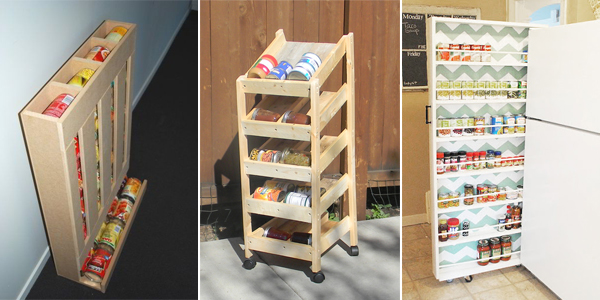An overview of Industrial storage racks for warehouses
Industrial storage racks are an optimized storage solution that makes the storage and accessibility of inventories in an industrial space easier. The storage items comprise various industrial items ranging from raw materials to processed and finished goods ready for dispatch. The specification of storage items, weight, durability, tolerance, environmental conditions, and various other factors plays a vital role in deciding the type of storage racks employed in each industry. Besides these fundamental specifications, the industrial storage racks also comprise various handling technologies that load and unload the storage items. The industrial storage system plays a critical role in the entire logistics process and comprises subtle nuances that make the whole system efficient.
The article takes the readers through a few facts about industrial racks and the role played by industries like metal fabrication Singapore in the making of industrial racks.
Benefits of industrial storage racks in logistics
Check Out – Storage is a fundamental requirement of industries that also plays an important role in facilitating a company’s internal logistics. An efficient storage system enables the organized storing of goods and ensures the enhanced safety of employees and goods involved in the whole process.
Industrial storage racks are static steel structures that work in tandem with handling equipment like forklifts and other vehicles; together, the storage and handling system make up the entire industrial storage solution. The racks are typically open, thin, perforated, and lightweight mild steel structures, designed using advanced technologies and subjected to numerous laboratory tests. The structures are capable of handling heavy loads and are designed to combat accidental impacts. However, these metal structures need to comply with a few external aspects to make the operations smoother. They are:
- The warehouse should be fitted with efficient lighting to aid enhanced visibility.
- Regular cleaning of warehouse floors and removing obstacles from passages can avoid accidents
- Monitor warehouse floors regularly for bumps and unevenness
- Adequate warehouse signage to guide the forklift truck drivers
- Regular weight checks to monitor the loading units
While all the factors mentioned above are essential for an efficient storage system, choosing the right racking system plays a vital role in the industrial storage process. Structural racking and roll-formed racking are two industrial shelving widely implemented in the industry. Here is a detailed look at both these types.
Choosing between structural racking and roll-formed racking
Although these racking are extensively used across warehouses, both have their share of advantages and risks that must be considered before finalizing. Structural or hot rolled steel shelving is processed when the metal is red hot at a temperature close to 1700 degree Fahrenheit. While the structure made with hot rolled steel tends to shrink as the steel cools, the process makes steel structures quickly. Structural shelving is ideal for storage needs where material strength is preferred over dimensional tolerances.
On the contrary, roll-formed racking is processed and shaped at room temperature. The major advantage of the cold-rolled structure is its consistency in dimension, as the metals produced do not contract after processing. These structures are ideal for a racking solution that prioritizes dimensional tolerance.
Weight endurance comparison
The structural racking has higher impact resistance and higher tensile strength than cold-rolled racking systems. Bolt connections in structural racking make them more reliable than the teardrop connection of roll-formed racking.
Impact resistance
The strength and rigidity of hot rolled racking make them sturdier enough to handle impacts better than cold-rolled racks. However, ensure that corner guards and warning signage are placed in suitable locations inside warehouses to avoid Forklift accidents, a common mishap impacting warehouse structures.
Assembling ease
The ease of assembling immensely influences the flexibility of a racking system. Roll-formed racks have a clear cut advantage over structural racking, considering the assembling ease. It is incredibly easier to assemble them due to their teardrop connections; whereas, the bolt connections and weight factors make structural racking challenging to assemble.
In short, structural racking is best suitable for warehouses that accommodate large inventories, frequent forklift handling, heavy pallets, outdoor racking, and of course, larger budgets set aside. At the same time, roll-formed varieties are best suited in places subjected to frequent layout changes, lightweight inventories, less traffic, and low storage capacity.


